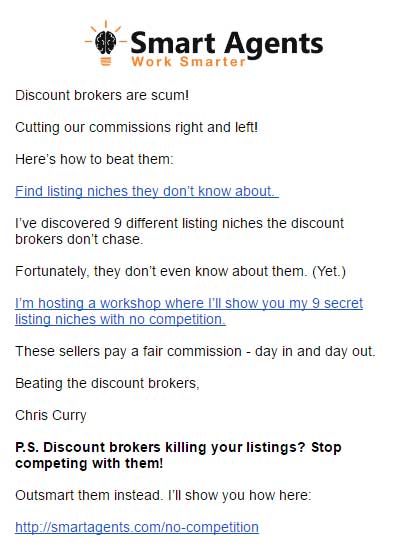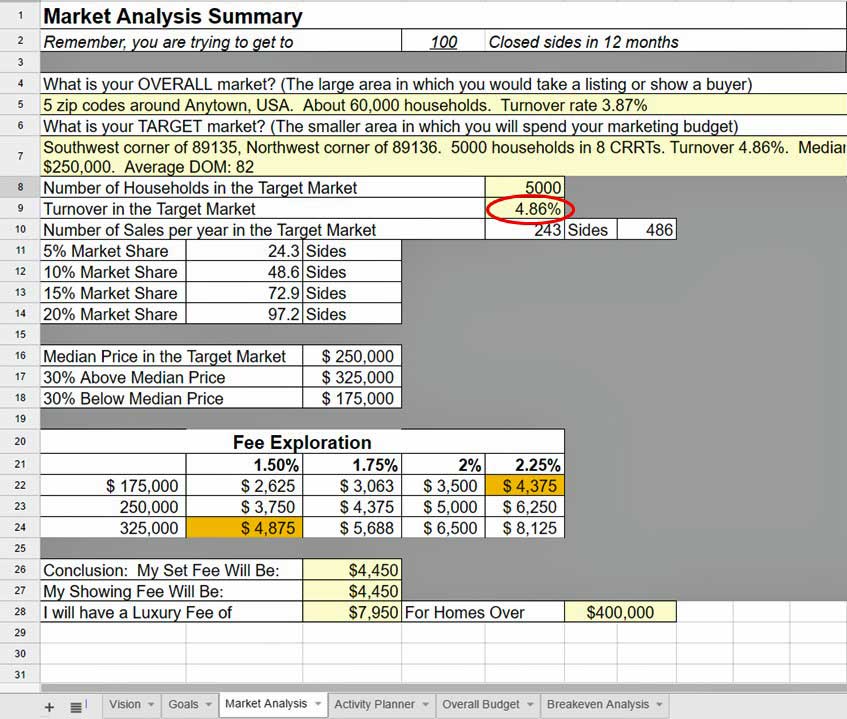I spent almost 20 years working with Century 21 Real Estate. I was a salesperson, a broker, owned offices, sold them and then spent a dozen years working for the Franchisor, primarily developing training.
Working in the Century 21 Ivory Tower – International Headquarters, where the rubber meets the clouds – I heard the Executives who ‘ran’ the company say (on many occasions), ‘We’re not in the real estate business; we’re in the franchising business.’
Being a real estate guy, this really bugged me. I believed that my job was to help my broker members find more customers and sell as much real estate as possible. But that was an afterthought to the company brass. To them, the Century 21 Broker was the customer – and they wanted to get as many of THEM as possible. AND they wanted to find as many ways to pull revenue from their existing franchisee base as they could.
It was the ultimate disconnect. And that attitude of ‘an outlet on every corner,’ and ‘nickle and dime ’em to death’ is how that brand came to mean absolutely nothing in the modern real estate world. Think about it: what does the brand Century 21 stand for? See, I toldja so: the powerful identity they crafted 40 years ago is gone.
I’ve been thinking about this a lot lately – but not about Century 21. I’ve been thinking about Help-U-Sell Real Estate and how subtly but completely different we are. At franchise headquarters and in the minds of everyone who works for the company, there is no doubt who our customer is. It is the same customer our franchise brokers have: the buyers and sellers of real estate.
We see the franchisee/franchisor relationship as a partnership. We are working together to realize a goal we have in common: to work with ever increasing numbers of buyers and sellers and to grow our presence and marketshare year after year.
At Century 21, questions about what the brokers were getting for all the money they paid the franchisor arose at every meeting. Brokers who entered the system full of hope quickly soured, often realizing they were paying the franchisor more than they were taking home themselves. The relationship became adversarial at its core: us vs. them.
I’ve been hanging out with Help-U-Sell for 14 years now and in our latest incarnation – the one that began in 2009 – I have rarely heard any of that kind of talk. Because we view our brokers as partners (with corporate as the supporting cast), because we have the same bulls-eye, because we are all real estate people, there is a positive sense of participation and unity in the group.
We don’t look for ways to extract more revenue from our franchisees. Instead we look for ways to help them do more business. We don’t sit in a vacuum and dictate how things will be. We ask our people in the street how they should be and how they could be better and then we go to work together to move in that direction. It is a refreshing approach!
And if you can’t tell it: I’m proud as punch to be part of this company. I love who we are, how we operate, what we stand for and how we collaborate. We are on a mission to not only sell more real estate, but also to change the way real estate is sold; and there ain’t nothin’ better than that!



